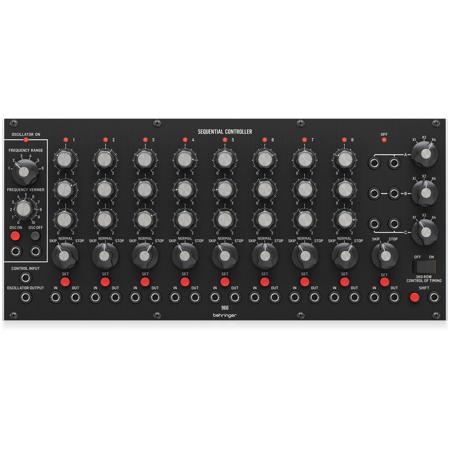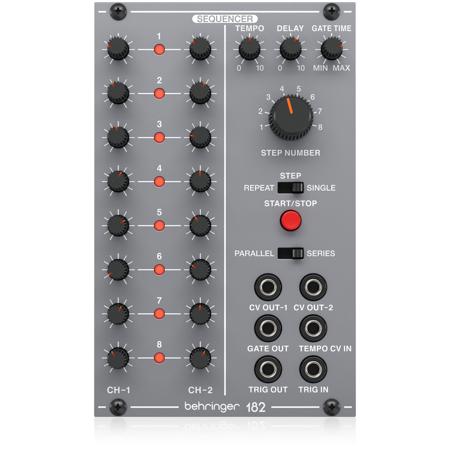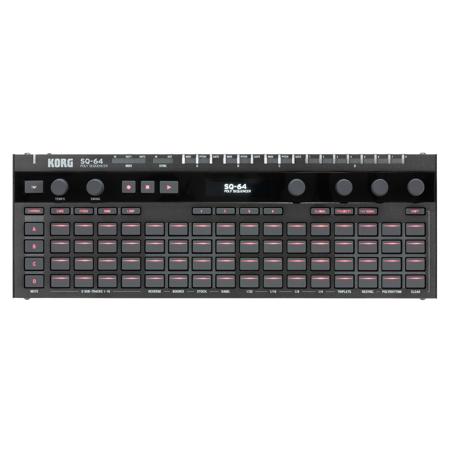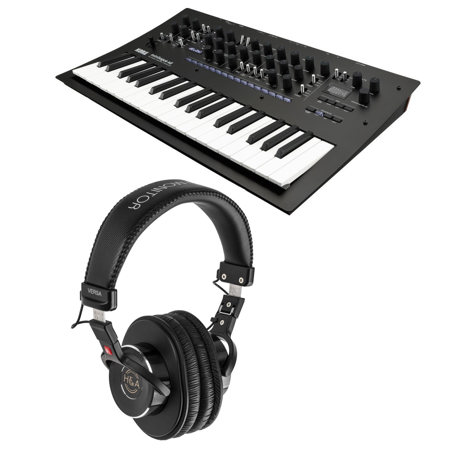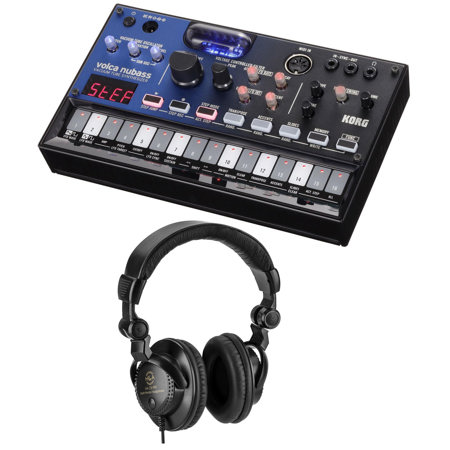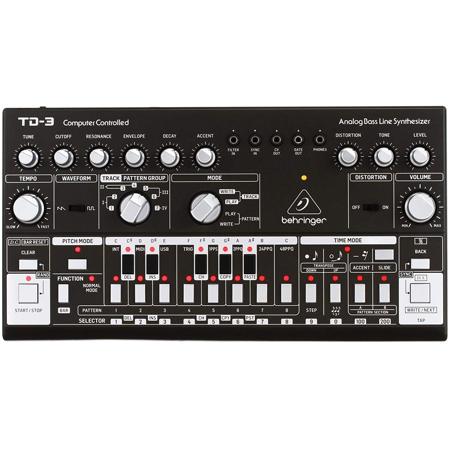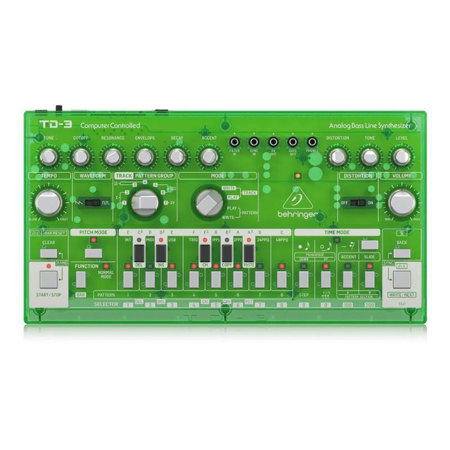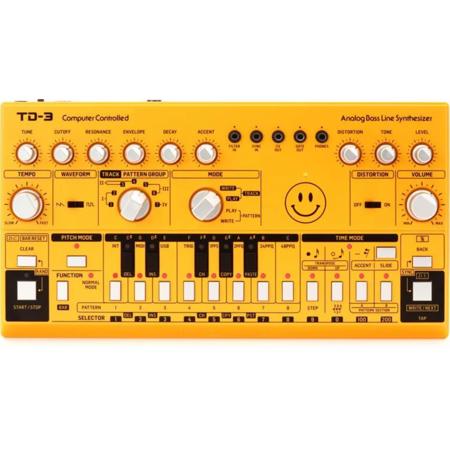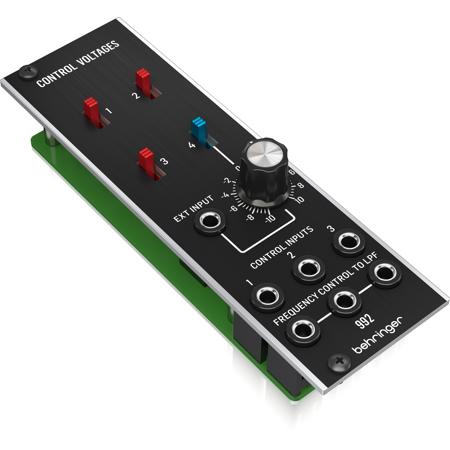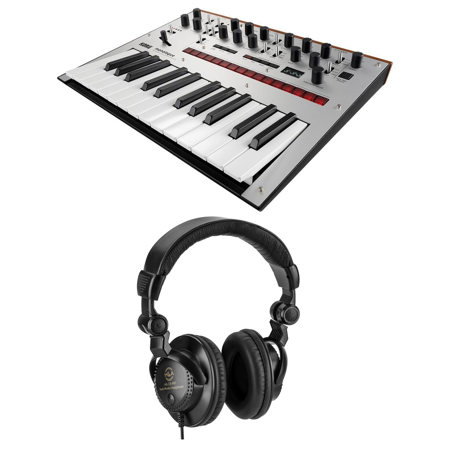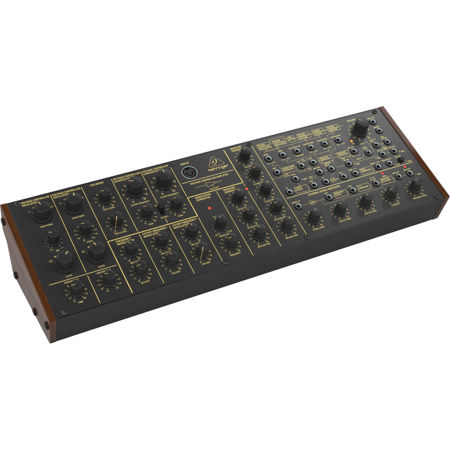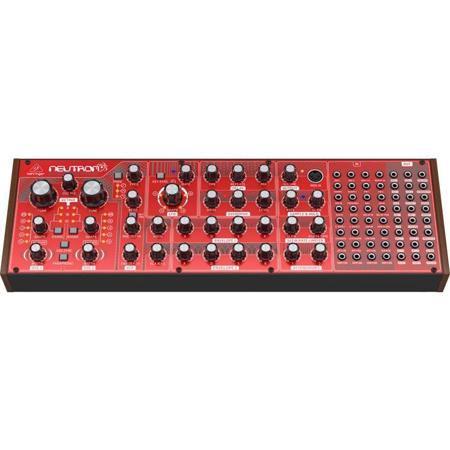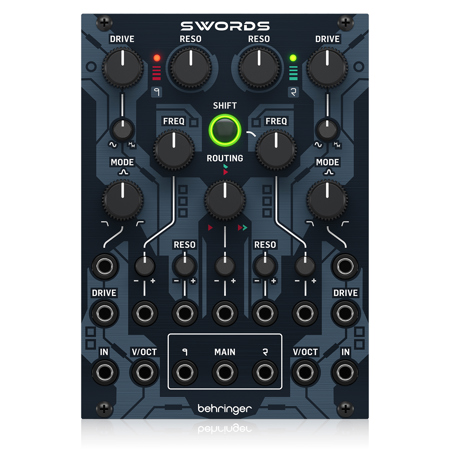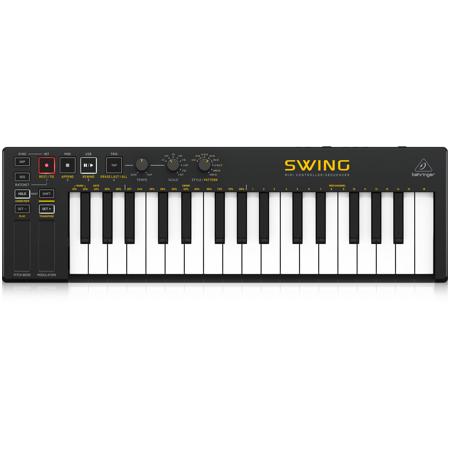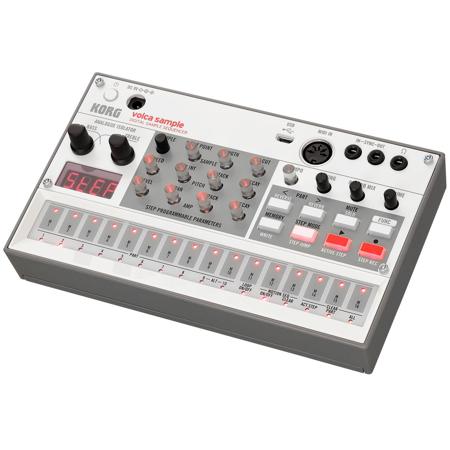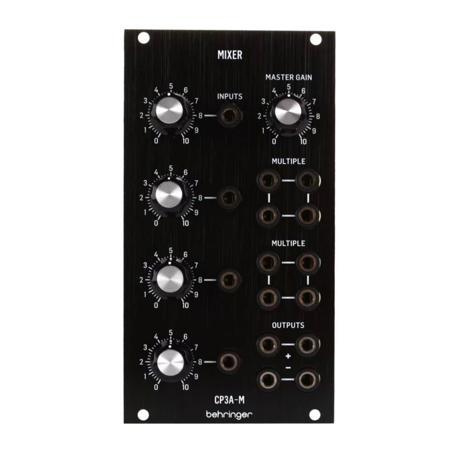Analog Sequencers
Analog sequencers occupy a unique and cherished place in the world of electronic music, offering a hands-on approach to pattern creation and sound modulation that appeals to both seasoned professionals and passionate hobbyists. At their core, analog sequencers are built around a series of control voltages, which are programmed step by step using tactile knobs or sliders. This design allows musicians to dial in precise values for each stage of a sequence, controlling everything from pitch and filter cutoff to amplitude and modulation parameters on synthesizers or other electronic instruments. The sequencer’s internal clock or pulse generator advances the pattern, creating evolving melodic lines, pulsating basses, or intricate rhythmic textures. For those who thrive on the immediacy and unpredictability of analog gear, the physicality of shaping a sequence in real time is both empowering and inspiring—whether you’re sculpting hypnotic loops in a studio setting or improvising live on stage with a modular synthesizer rig.
When considering an analog sequencer, it’s important to think about your workflow and the kinds of musical projects you envision. Analog sequencers come in a variety of formats, from compact desktop units that integrate seamlessly into a home studio, to Eurorack modules designed for elaborate modular synthesizer setups. Key features to look for include the number of steps available, the flexibility of voltage outputs, and connectivity options such as CV/Gate, MIDI, or USB. Some models emphasize simplicity and tactile control, ideal for those who want to focus on the fundamentals of analog sequencing without digital distractions. Others offer expanded capabilities, like multiple sequence lanes, quantization, or the ability to chain sequences for longer patterns. For creators who enjoy experimenting with evolving soundscapes and generative music, the ability to modulate sequence direction, length, and step probability can open up new realms of creative possibility. Autumn is a particularly inspiring time to explore analog sequencers, as the changing season often sparks new ideas and a desire to experiment with fresh sounds—making these devices a thoughtful gift for musicians, synth enthusiasts, or anyone looking to deepen their understanding of analog synthesis.
Analog sequencers are not only tools for crafting melodies and rhythms—they also serve as powerful instruments for modulating and animating sound. By using the sequencer’s voltage outputs to control parameters like filter resonance, effects depth, or oscillator tuning, musicians can breathe life into static patches and create dynamic, ever-shifting sonic landscapes. This step-by-step approach to music-making is especially valued by those who appreciate the organic, hands-on nature of analog electronics, as well as by educators introducing students to the fundamentals of synthesis and signal flow. Whether you’re building a live performance setup, composing ambient textures, or simply exploring the interplay of voltage and sound, analog sequencers offer a direct, intuitive connection to your creative process. For those interested in exploring related sequencing options, including devices that blend analog and digital technologies, the Step Sequencers page provides a comprehensive look at the broader landscape of step-based sequencing tools. As you browse this collection, consider how an analog sequencer can become a central part of your studio or performance workflow, offering endless opportunities to experiment, refine, and express your musical vision.
When considering an analog sequencer, it’s important to think about your workflow and the kinds of musical projects you envision. Analog sequencers come in a variety of formats, from compact desktop units that integrate seamlessly into a home studio, to Eurorack modules designed for elaborate modular synthesizer setups. Key features to look for include the number of steps available, the flexibility of voltage outputs, and connectivity options such as CV/Gate, MIDI, or USB. Some models emphasize simplicity and tactile control, ideal for those who want to focus on the fundamentals of analog sequencing without digital distractions. Others offer expanded capabilities, like multiple sequence lanes, quantization, or the ability to chain sequences for longer patterns. For creators who enjoy experimenting with evolving soundscapes and generative music, the ability to modulate sequence direction, length, and step probability can open up new realms of creative possibility. Autumn is a particularly inspiring time to explore analog sequencers, as the changing season often sparks new ideas and a desire to experiment with fresh sounds—making these devices a thoughtful gift for musicians, synth enthusiasts, or anyone looking to deepen their understanding of analog synthesis.
Analog sequencers are not only tools for crafting melodies and rhythms—they also serve as powerful instruments for modulating and animating sound. By using the sequencer’s voltage outputs to control parameters like filter resonance, effects depth, or oscillator tuning, musicians can breathe life into static patches and create dynamic, ever-shifting sonic landscapes. This step-by-step approach to music-making is especially valued by those who appreciate the organic, hands-on nature of analog electronics, as well as by educators introducing students to the fundamentals of synthesis and signal flow. Whether you’re building a live performance setup, composing ambient textures, or simply exploring the interplay of voltage and sound, analog sequencers offer a direct, intuitive connection to your creative process. For those interested in exploring related sequencing options, including devices that blend analog and digital technologies, the Step Sequencers page provides a comprehensive look at the broader landscape of step-based sequencing tools. As you browse this collection, consider how an analog sequencer can become a central part of your studio or performance workflow, offering endless opportunities to experiment, refine, and express your musical vision.
